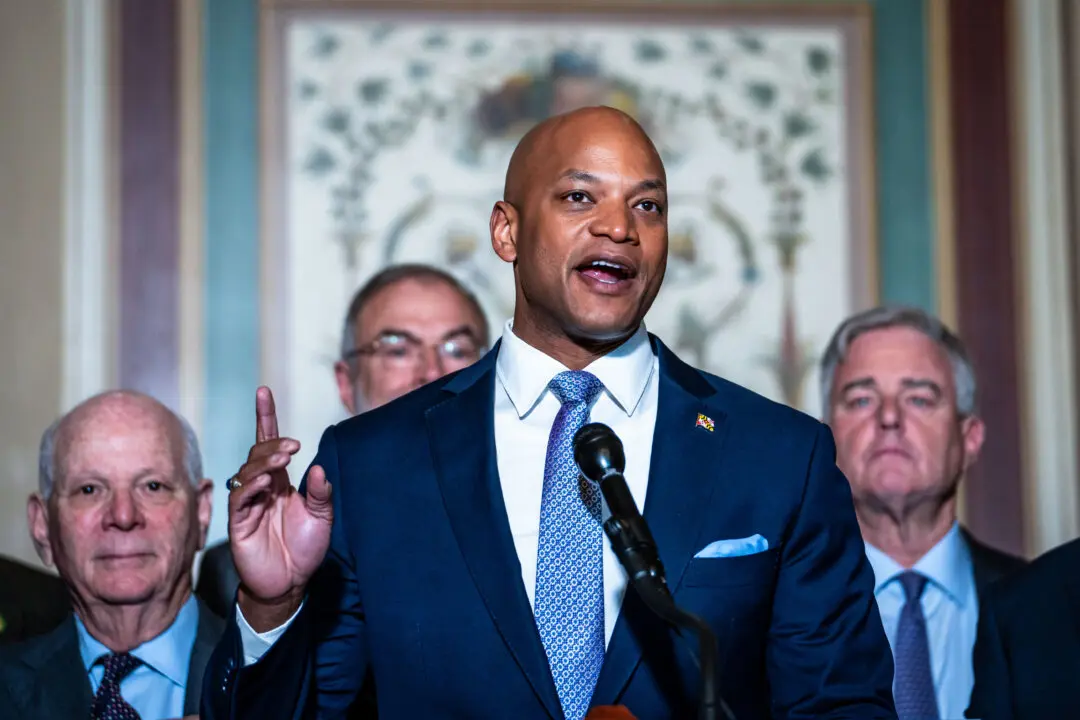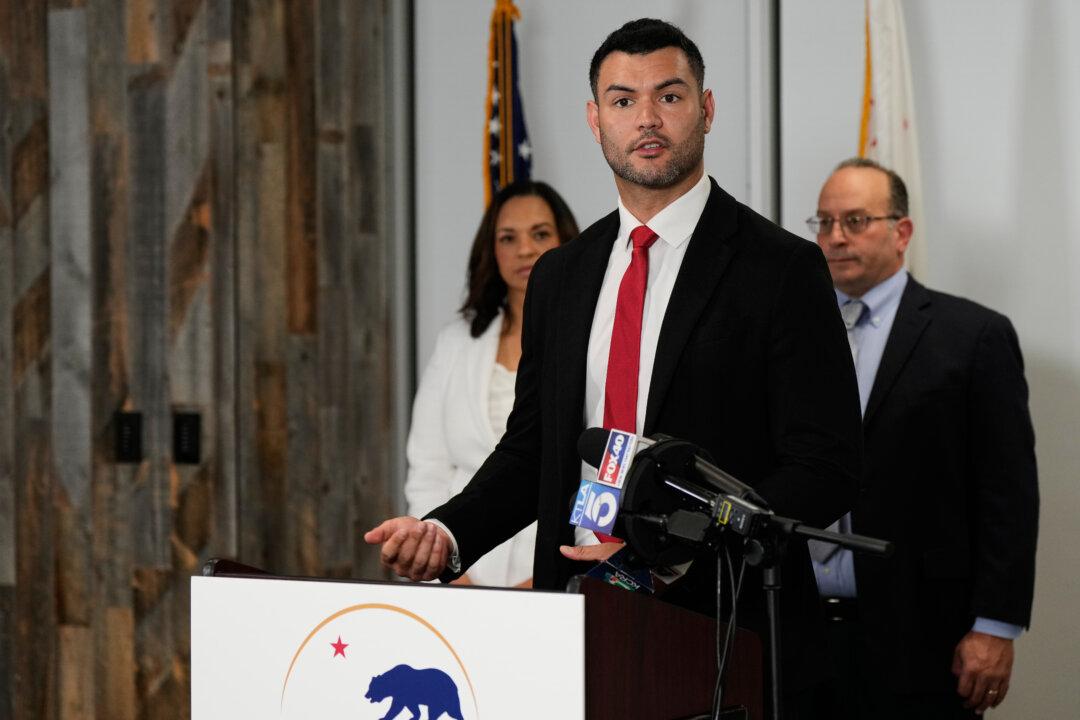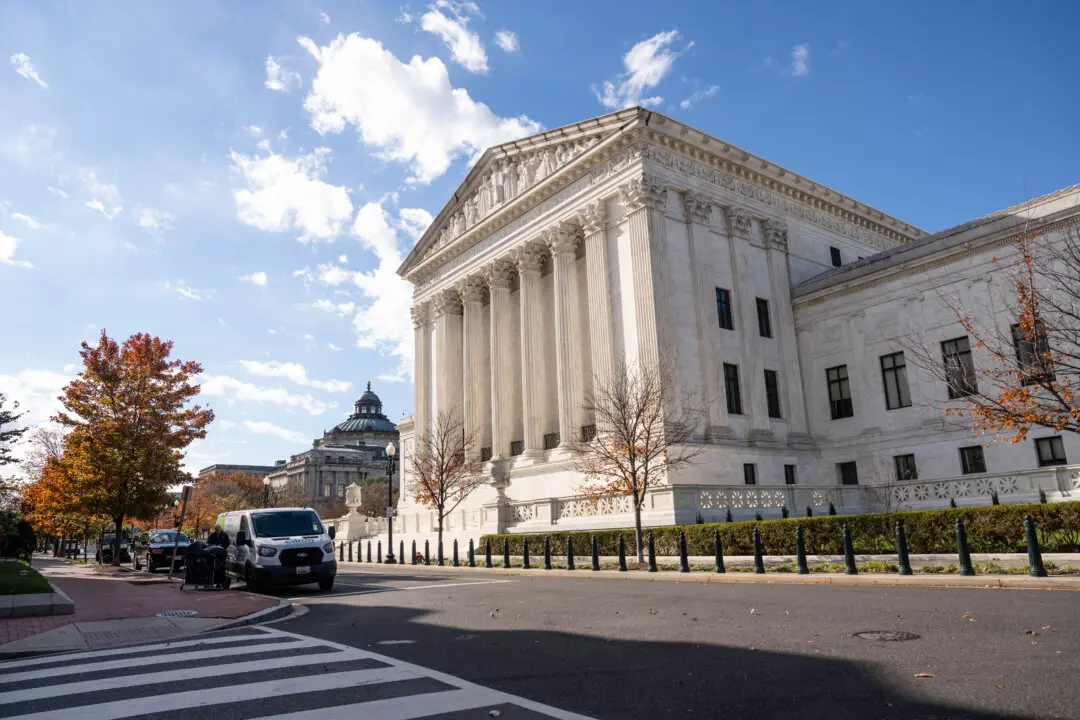The Supreme Court voted 6–3 last week to allow an Ohio jeweler to bring civil rights claims against police for malicious prosecution after criminal charges brought against him were dropped.
The jeweler claims that local police fabricated evidence against him.





